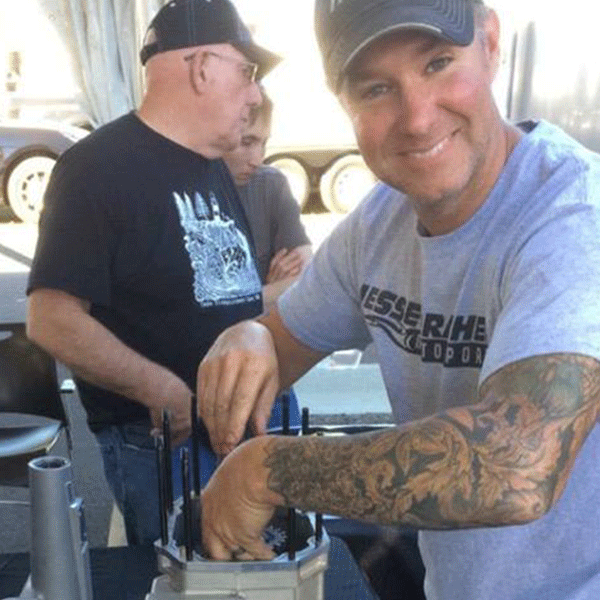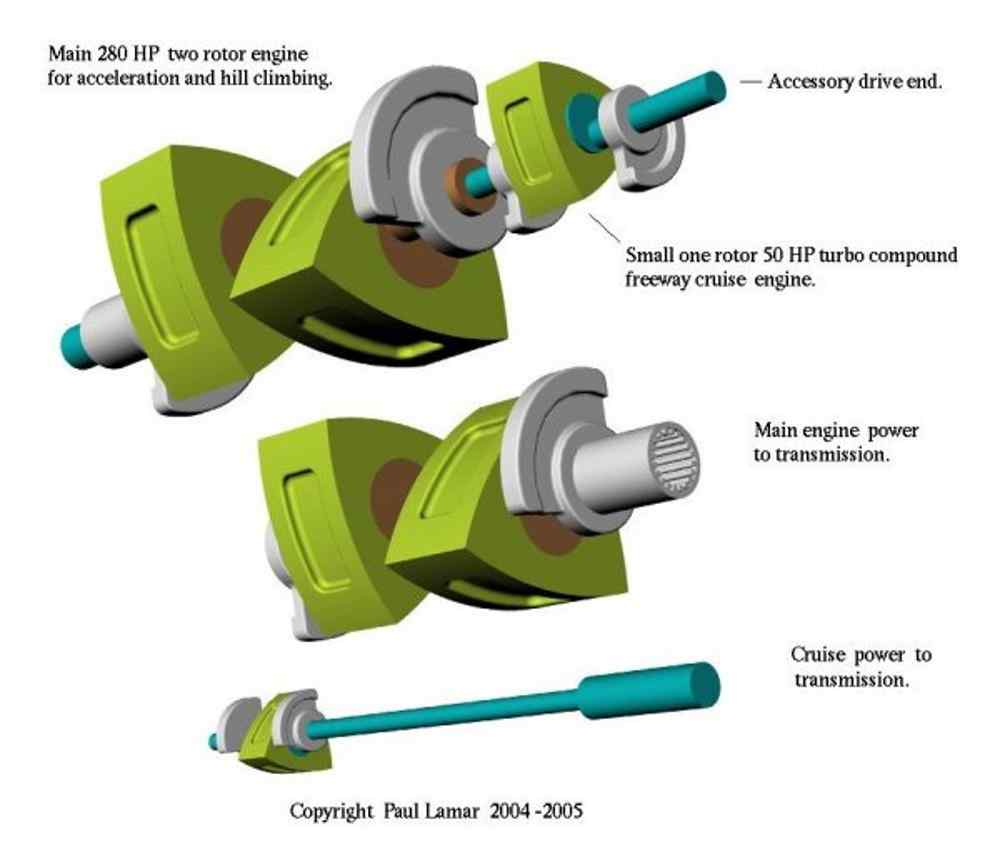Championship Engine Builder Trusts Only AMSOIL John Baker|Dec 18, 2019 8:11 AM More than 1,080 miles covering six states separate Jesse Prather Motorsports, in Topeka, Kansas, from Virginia International Raceway. And yet Jesse Prather’s influence at the track in October for the Sports Car Club of America’s (SCCA) annual “Runoffs” was unmistakable as an estimated […]
You are browsing archives for
Tag: rotary
The RX8 was a great design but flawed mo...
Solving the Utterly Useless Fuel Economy Issue in the Mazda RX8 An interesting blog & article on an amazing body and suspension. I’d own one now if I had the plan to make improvements. Perhaps one day.. Here are some clips from the post and the link so enjoy: 35 MPG RX8 by Paul Lamar […]

